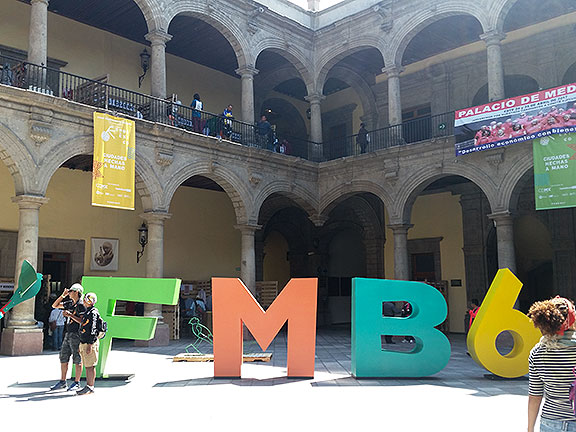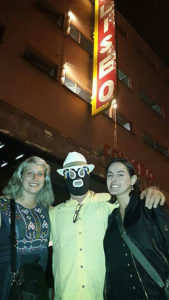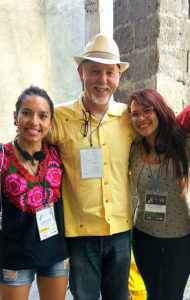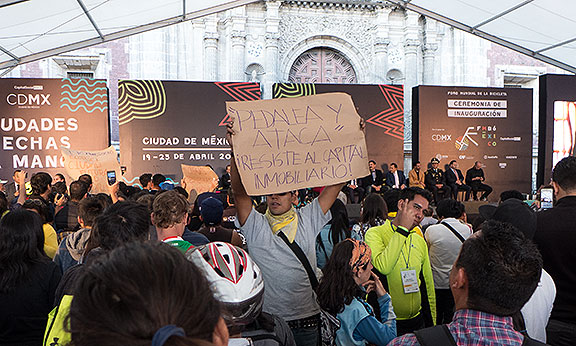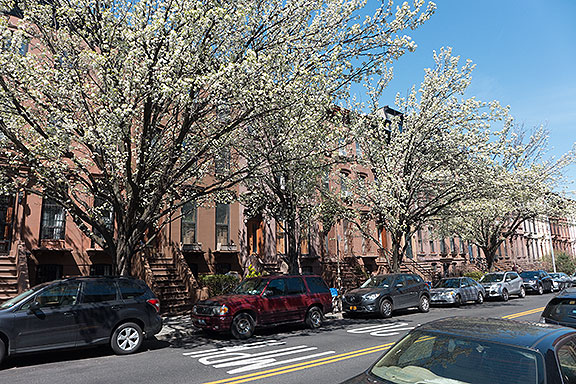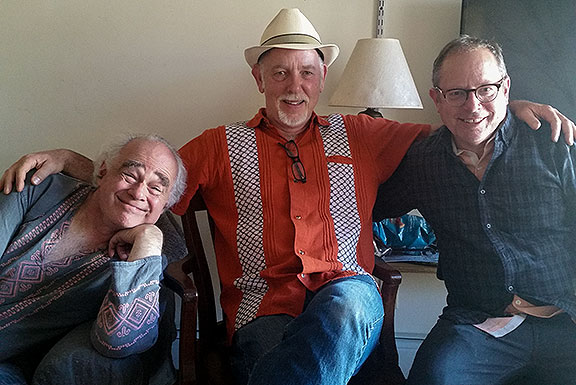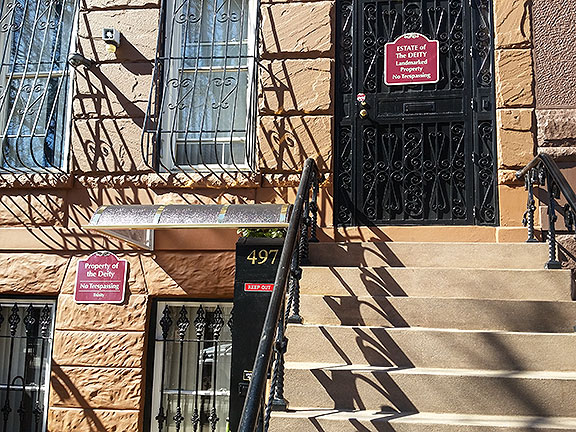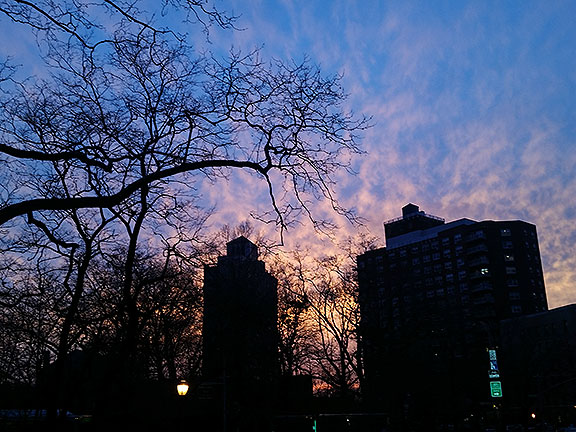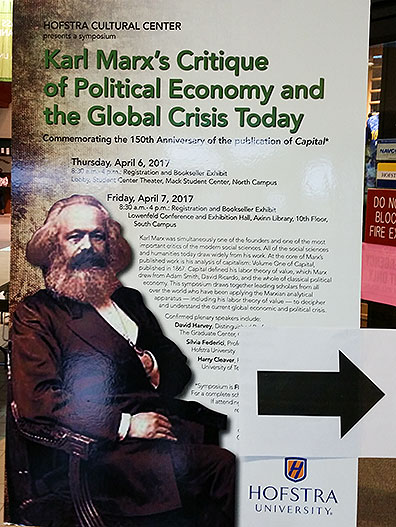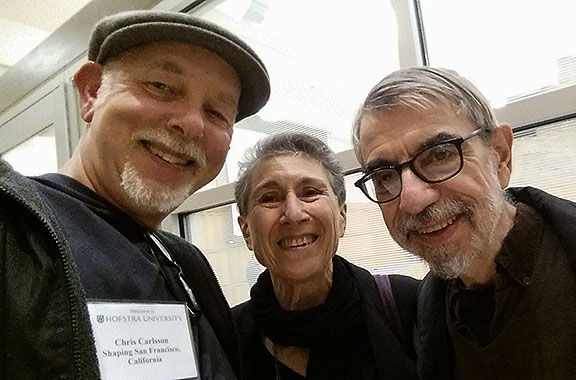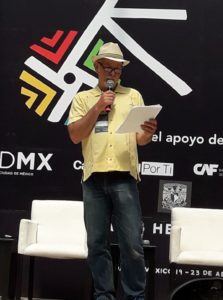
photo by Felipe Besne Navarro
Felicitaciones a los organizadores del Sexto Foro Mundial de Bicicletas en la Ciudad de México. Fue una gran idea adoptar el tema de “Ciudades hechas a mano” debido a la hermosa manera en que abre nuestra investigación en asuntos que van mucho más allá del simple ciclismo. Provocado por el lema de la conferencia “ciudades hechas a mano”, sólo pude pensar en cuánto me gustaría tener ciudades que echen la mano. Si realmente queremos vivir en un mundo que honra lo “hecho a mano”, lo artesanal—el trabajo que requiere tiempo y atención y amor—necesitamos que nuestras ciudades hagan un mucho mejor trabajo de asegurar la comodidad y supervivencia de todos.
Hay una agenda queriendo nacer, aún gestándose dentro del movimiento ciclista, similar al que vemos en los esfuerzos afiliados por luchar contra la pobreza, proteger a los inmigrantes, poner fin a la violencia policial y del tráfico de drogas, defender los derechos de la comunidad LGBTQ y las minorías raciales, proteger un internet no comercializado y ampliar los espacios de libertad humana. Hay mucho trabajo por hacer para dar vida a este mundo, pero una meta común debe ser crear ambientes que nos permitan vivir sin dinero, con menos trabajo, menos presión y estrés, y más tiempo para hacer cosas de nuestra elección. Crear una infraestructura urbana bien diseñada, barata y fácil de mantener es una contribución esencial para hacer esto posible.
En otras palabras, ¿no debería nuestro movimiento que comienza con el ciclismo apuntar hacia un premio mucho mayor? ¿A saber, la ampliación radical de lo común público urbano? Por lo común público urbano invoco lo histórico común cuando la tierra, el aire, el agua y los bienes básicos de la vida estaban fuera del marco de la propiedad privada y estaban a disposición de todos. En un nuevo común público urbano, tendríamos agua limpia y saludable disponible para todos. Tendríamos abundantes árboles de calle cargados de fruta de libre cosecha para los vecinos. Tendríamos a disposición común un sistema de telecomunicaciones de alta velocidad, libre de costo. Y, por supuesto, tendríamos transporte público gratuito y eficiente para complementar nuestra adopción de andar en bicicleta y caminar.
Nuestro deseo de vivir en un mundo que apoya los bienes “hechos a mano” y los barrios “hechos a mano” requiere de un sólido común público urbano con el cual podamos estar seguros que nuestras necesidades básicas serán satisfechas. Los derechos humanos a la calidad del agua, la comida, el vestido, el refugio, las comunicaciones y el transporte son la base sobre la que puede surgir una sociedad de creatividad hasta ahora sin explotar.
Nuestra elección de andar en bicicleta es emblemática de un nuevo enfoque para pensar en cómo nos movemos. Del mismo modo, el tema de las “ciudades hechas a mano” nos señala las formas en que estamos tratando de reencontrarnos con los enormes desafíos de una sociedad compleja, simplificándolos, llevándolos a nivel local donde podamos manejarlos “a mano”.
La cultura del ciclismo ha sido una rica fuente de creatividad política de abajo hacia arriba. En el último cuarto de siglo, surgió un nuevo movimiento de ciclismo que rápidamente desarrolló muchas instituciones y eventos de base:
- pintar carriles de bici al estilo guerrilla e instalar barreras protectoras no autorizadas,
- erigir monumentos de bicicleta blanca fantasma para ciclistas muertos en el tráfico,
- establecer talleres de bicicletas de bricolaje que han ayudado a tantos a aprender a armar o arreglar sus propias bicicletas,
- crear innumerables proyectos artísticos que representan y extienden la bicicleta a todos los rincones del imaginario urbano,
- montar a mano zines de bicicletas sobre una máquina copiadora,
- producir joyas con piezas de bicicletas viejas,
- pepenar bicicletas desechadas y
- enseñar a otros cómo reparar y mantener las bicicletas.
Las largas horas que muchos de nosotros hemos dedicado a estas actividades representan un extraordinario compromiso de intenso trabajo personal. El trabajo que hemos hecho ha estampado una etiqueta de “hecho a mano” o de “hágalo usted mismo” sobre gran parte de la cultura de la bicicleta, incluso siendo que la bicicleta es una máquina industrial.
Porque al final, la bicicleta no es un objeto hecho a mano, sino más bien un producto de una sociedad industrial compleja. La bicicleta no existe sin el petróleo, el acero y el hule, es decir, la producción masiva capitalista tardía. Las calles urbanas que atravesamos sobre todo en nuestras bicicletas son también parte de la ciudad extensa que existe gracias a sistemas complejos de producción que requieren un flujo asombroso de recursos, mano de obra humana y apoyo institucional. Nuestras calles son también productos de una historia de contestación y de competición de siglos de antigüedad, moldeada por una dialéctica en evolución entre intereses públicos y privados.
Hemos llegado al FMB6 para presentar el interés público en favor de una amplia aceptación del ciclismo. Este interés público del siglo veintiuno exige que rediseñemos todas las calles de cada ciudad del mundo para hacer espacio dedicado a las bicicletas. En algunos lugares esto ha sido totalmente aceptado, y en muchos otros, un comienzo tentativo y parcial está en marcha. Ciudad de México, por ejemplo, tiene un largo camino por recorrer, pero va por delante de muchos otros lugares en la creación de espacios dedicados en la calle para el ciclismo como una elección diaria de transporte.
El ciclismo es nuestro punto de partida. El Ciclismo es la ventana que abrimos hacia un nuevo mundo. Pero si nos quedamos frente a la ventana y simplemente contemplamos, admirando el bonito marco de madera, el trabajo de pintura, la luz que resplandece del vidrio, abdicamos nuestra responsabilidad y perdemos una gran oportunidad. Tenemos que pasar por la ventana para darnos cuenta que al otro lado, los cambios que esperamos que encarne el ciclismo implican mucho más que el transporte.
Cuando observamos críticamente ciudades ciclistas mayoritarias como Copenhague, Ámsterdam y Berlín, podemos ver que hay mucho más que cambiar que simplemente cómo nos movemos del Punto A al Punto B. La pregunta que se evita en todas partes es ¿que ESTAMOS HACIENDO en el punto A y el punto B? ¿Por qué vamos de un lugar a otro? ¿Nuestro trabajo en un empleo o incluso en casa está ayudando a formar la ciudad—y la vida—que queremos? ¿O es un mero medio de adquirir dinero para comprar cosas que sólo parcial y malamente cumplen nuestras necesidades?
Habiendo abierto la ventana y parcialmente atravesado la misma, ahora sabemos que nuestra tarea es mucho mayor que simplemente convencer a otros de usar la bicicleta. La forma y el papel de las propias ciudades está en juego, y la propia idea de la democracia exige una reinvención.
Juntos formamos ciudades, todos y cada uno de nosotros, incluso cuando las ciudades parecen seres vivientes fuera de nuestro control. Las ciudades son proyectos complejos que requieren mecanismos sofisticados y complicados para administrar. El desafío que tenemos ante nosotros es inventar sistemas verdaderamente democráticos que permitan que nuestras mejores habilidades y talentos creativos contribuyan al bienestar de todos.
Nuestro desafía es ir más allá de los partidos políticos y de las corruptas democracias liberales que dejan a la economía como una esfera de vida separada y antidemocrática. Necesitamos asociaciones directamente democráticas que puedan auto-gobernar el cómo diseñamos y producimos nuestras vidas. Los ciclistas han mostrado una capacidad de autogobierno espontáneo durante los paseos masivos en bicicleta como la Masa Crítica y un compromiso democrático más deliberado en los esfuerzos de cabildeo para desafiar las prioridades de transporte de los gobiernos urbanos. Hemos aprendido mucho, durante las últimas décadas de promoción de la bicicleta,acercade la organización democrática directa. Las mujeres, las personas LGBTQ, los jóvenes, los compañeros con capacidades distintas y nuestros compañeros pobres han sido fundamentales para la reinvención de nuestras mejores prácticas democráticas al demandar la inclusión y la solidaridad. ¿Podemos llevar nuestras habilidades y conocimientos y aplicarlos a una meta mayor de reinventar y expandir radicalmente lo público común urbano?
Los ciclistas de las Américas han demostrado una notable capacidad para la invención y la reapropiación creativa. Al adoptar una agenda que va más allá del simple ciclismo, la energía, la solidaridad y el disfrute social de nuestro movimiento podemos superar el fetichismo fácil que se fija en los objetos. Claro que nos gustaría que muchas más personas anduvieran en bicicleta, pero realmente necesitamos una revolución social completa que anime a todos a un nivel de participación, responsabilidad y creatividad nunca antes visto. ¡La vida podría ser tan genial! No sólo porque andaríamos en bicicleta, sino porque habríamos cambiado la forma en que vivimos. Más allá de elegir movernos a través de las ciudades de manera diferente, podemos optar por hacer muy diferentes a nuestras propias ciudades; no sólo patios de recreo para los ricos y basureros para los residuos industriales. Hay suficiente de todo para todos: ¡la escasez es un mito! Nuestros esfuerzos políticos y organizaciones sociales deberían declarar en voz alta que la escasez material es un mecanismo creado para mantener el control social y la opresión de clases. Rediseñar y reorganizar las ciudades son la clave para establecer una buena vida para todos.
Las ciudades que echan una mano son ciudades que hacen la vida mejor, más fácil y más rica para todos. Las ciudades que echan la mano son ciudades que nos ayudan a desarrollar plenamente nuestro potencial creativo y social, que dan la bienvenida a la reinvención y a la experimentación. Las ciudades que echan la mano son ciudades que garantizan una vida digna para cada habitante incluyendo con agua potable, aire limpio, vivienda de calidad, transporte público eficiente y gratuito junto con una extensa red de carriles de bici dedicados y zonas peatonales, corredores de vida silvestre y parques donde la vida no humana puede prosperar, comunicaciones de acceso libre y fácil y una dieta saludable de alimentos producidos localmente.
La escala de la vida urbana es intimidante, pero hemos estado cambiando las ciudades ya desde hace años. Aceptar que la escala de cambios que necesitamos supera ampliamente nuestras pequeñas redes personales, nos deja con el desafío de inventar nuevas formas de democracia acordes con las tareas de arrebatar el control de la riqueza social y establecer un público común urbano compartido. Los aprovechadores y explotadores, y los políticos corruptos que sirven a sus intereses, nos pelearán a cada paso. Pero como el agua que fluye a través del punto de menor resistencia, el ciclismo es ya la elección fácil en la vida cotidiana que abre la ventana para hacer cambios más profundos. Los ciclistas revolucionarios somos buenos para superar la resistencia. Ya hemos cambiado un poco el mundo. ¿Cuánto más podemos hacer?
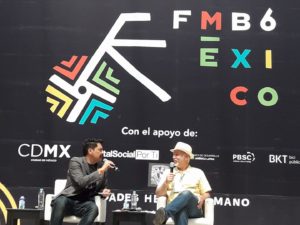
During the Q&A afterwards with Agustin Martinez. Photo by Felipe Besne Navarro
